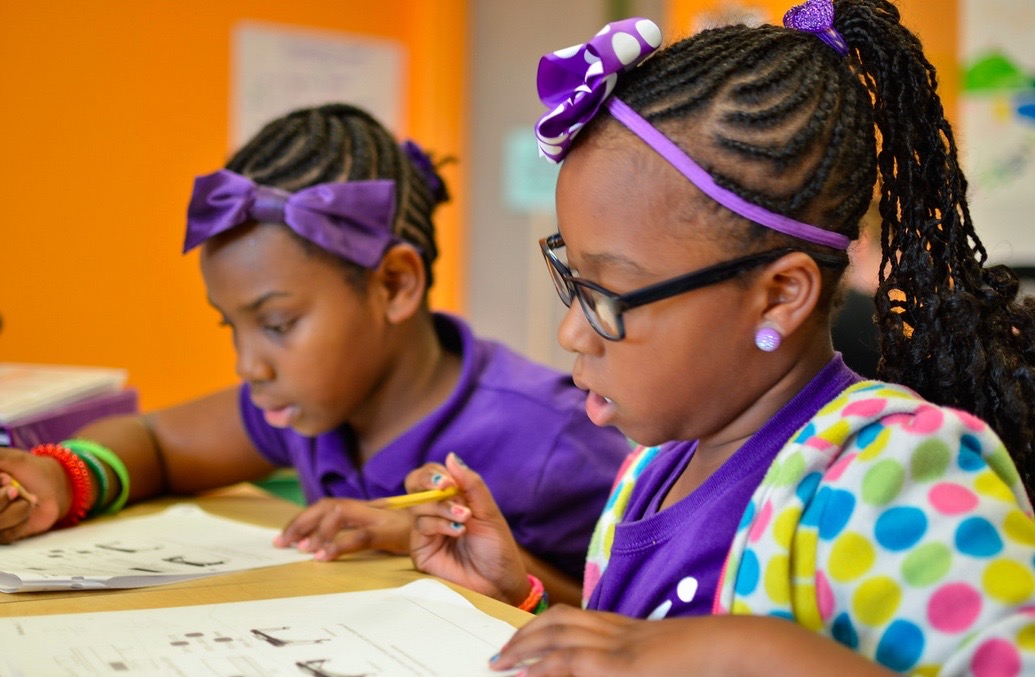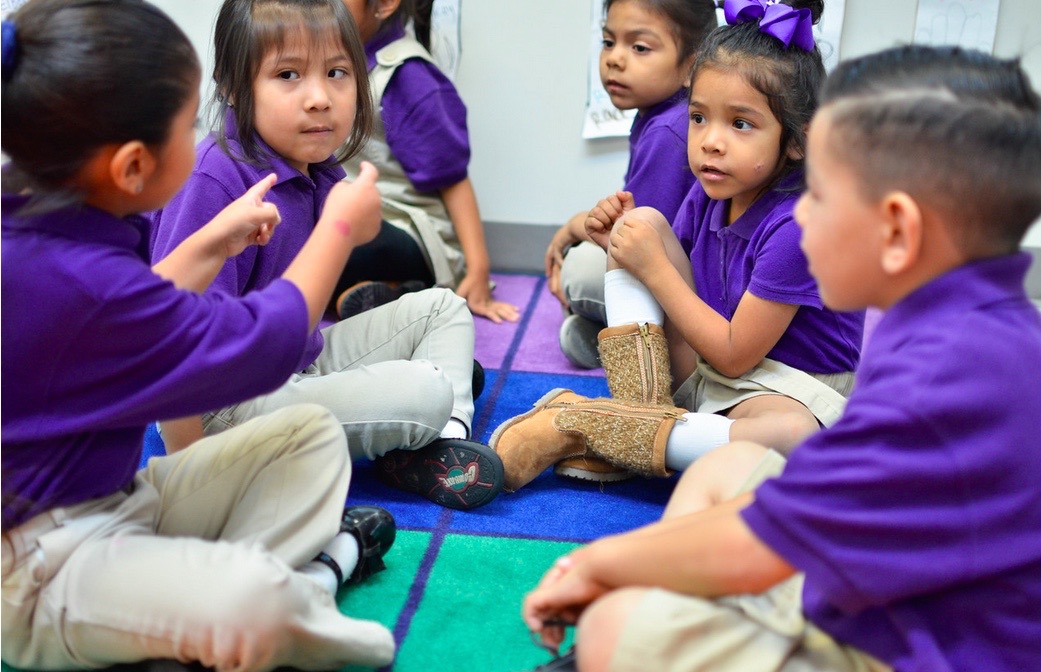
5 Ways to Work Smarter in the Classroom
by Caroline Decaire-Goldin, Legislative Fellow, U.S. House of Representatives
We hear it over and over: “Work smart, not hard.” We all know what that statement means, and we all try to apply it to our lesson-planning and daily productivity goals — but are we translating it to give more power and classroom control to our students? Often, what seems “smart” to us is maintaining order and having cohesive procedures. It took me more than two years and lots of peer collaboration to finally start realizing what it means to work smarter throughout the day. The key component? My students.
Here are the five student-based policies that have allowed me to work smarter in the classroom.
1. Give students numbers. Assigning ID numbers to students is useful for many reasons, especially when you have more than one class. Numbers allow for smoother procedures and more organization, and allow items to be reused in multiple classes by multiple students. Try altering your behavior charts and mailboxes to use numbers instead of student names. These items can be cleared or reset at the end of every class, which often saves time and money (considering that things can be reused for longer than just a year). Assigning jobs based on random numbers allows you to easily maintain your job charts, and also makes the implementation of equitable procedures much smoother.
2.Allow students to monitor procedures. It would be great if all students self-monitored: coming in quietly, eating their breakfasts, then practicing reading strategies with self-led DEAR time. But the reality is that students get sidetracked. They get excited about being first in the classroom, they get focused on having the sharpest pencil, and they get overwhelmed by the delicious treat waiting for them in their lunchbox. This is all normal behavior for them, but for you, it may lead to wasted instructional time. Try doling out various procedural responsibilities: have one student check homework on a clipboard while another checks for a correctly copied agenda and another checks for preparedness (did each student bring pencils? Did he or she get out a notebook?). Simple, small clipboards with unlined paper do the trick. Students walk around and check for various items, writing down the names of students who aren’t ready or prepared—and you’re free to organize papers, take attendance, or see to whatever other class preparations you need to do.
3. Have a job for everything. Are book bags and coats constantly on the floor? Designate someone as a “closet organizer.” Are chairs getting left behind, unstacked at the end of the day? Have a “clean-up crew.” Tired of passing out papers, scissors, and crayons? Have “materials managers.” Don’t have a class phone? Have a “class correspondent” who goes to other rooms for you. Library always a mess? Give students paint sticks to hold their empty book slots, and have a “librarian” make sure that books are back in their rightful place at the end of class. The more stress you can take off of yourself with menial tasks, the more you can focus on instruction, and the more students will feel in control of their classroom environment.
4. Encourage metacognition. Wanting to make sure that students grab the correct worksheet you spent hours differentiating for them can leave you clutching the stack, trying to maintain oversight. It’s understandable, but not necessarily the best for student autonomy. Try placing the various worksheets in separate folders, and giving students key words for which folder they should be going to. For example, in a writing lesson, a paper with many lines may be labeled for those students that have “a lot of details” to write, while a paper with an average amount may be labeled for those want to share “some details.” Allowing students the opportunity for metacognition and the opportunity to determine their level of comfort with a topic is key to giving them the reins in their education (and helps take some of the front-loading off of you!).
5. Set students up for self-sufficiency. Self-sufficiency is necessary for all students, K-12. There is no age that is “too young” to start teaching students to problem-solve, and to rely on their own knowledge and instincts. For example, if students are constantly forgetting pencils, have a pencil jar in your room that is counted at the end of every class. Student forgot an agenda? Have trays of paper in one corner of the room that students should immediately go to without question. These small elements encourage students to take responsibility for unpreparedness.
Interactive word walls are also especially helpful—at any age, and in any subject. Instead of constantly being bombarded by spelling inquiries, try taping envelopes to a bulletin board and labeling them all by letter. Put commonly misspelled words, along with Tier 2 and 3 words, into the envelopes, and direct students to search for their desired word before coming to you. If it is not there, write it down and have them place it in the correct envelope. If you teach a primary grade, you may be thinking, “But my students can’t read!” The great thing about interactive word walls, however, is that they allow learning to happen more organically. Have students start looking for words by focusing on initial and ending sounds only. Searching for a word will give them real-world practice outside of the vacuum often created by language-arts lessons, and will provide them an avenue for solving a problem without seeking you out.
Of course, all of these strategies require a lot of front-loading and initial practice. But the time spent preparing is quickly made up once the routines become second nature and both you, and your students, are able to focus more energy on what really matters: learning!
How do you work smarter? Share with us! ➟ @RocketshipEd
This post originally appeared on TeacherPop. It is being republished here with permission from the author.
Caroline was formerly a 2nd grade teacher, Instructional Leader and Testing Coordinator in Prince George’s County Public Schools. She received her M.Ed in Education Policy & Leadership from American University and is currently working on Capitol Hill as a Legislative Fellow for Congresswoman Marcia L. Fudge in the U.S. House of Representatives. She plans to continue playing a role in crafting and/or advocating for policies that will best represent the interests of teachers, students and parents throughout the nation.
Published on September 28, 2015
Read more stories about: Teacher Experience.



